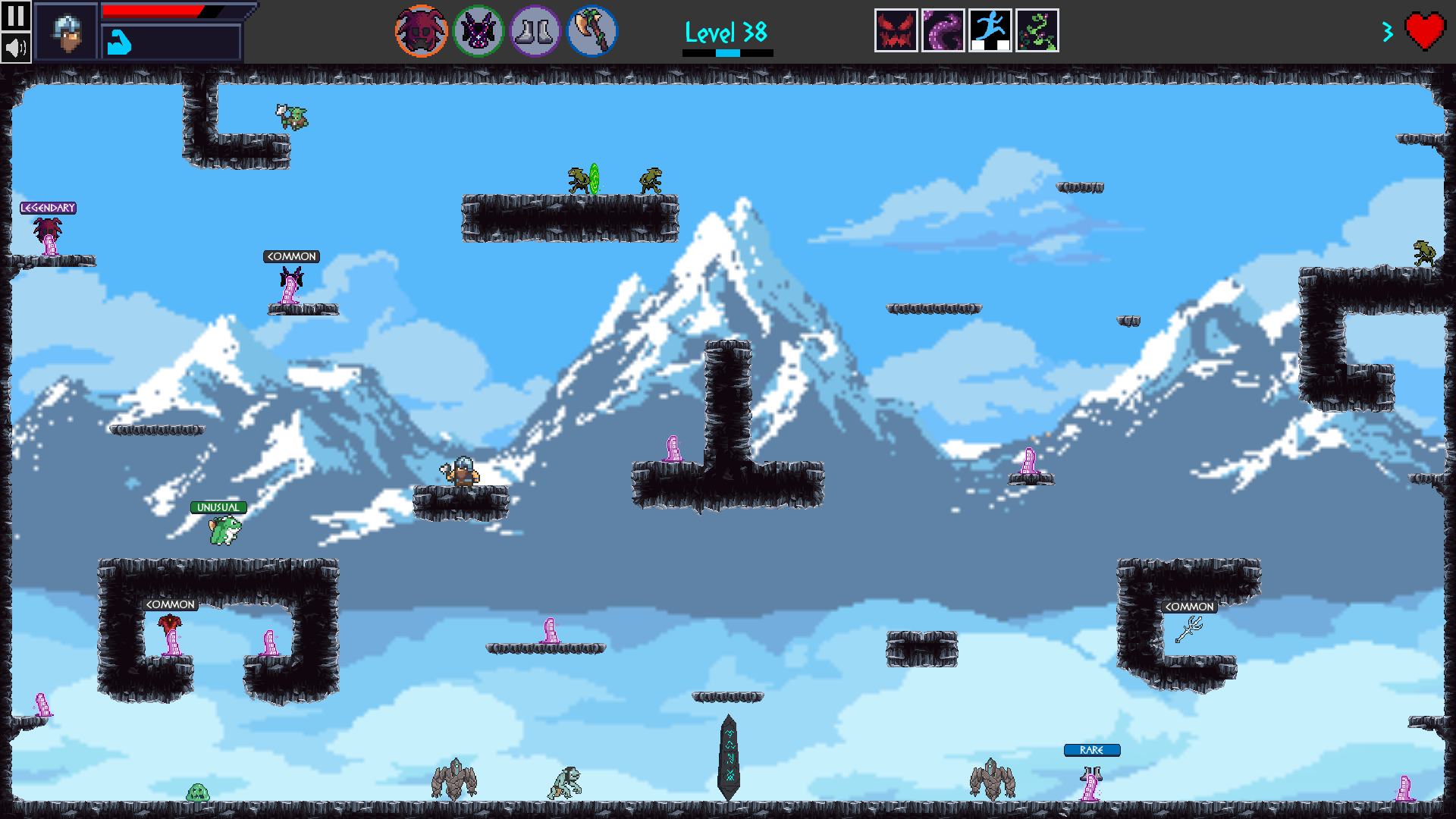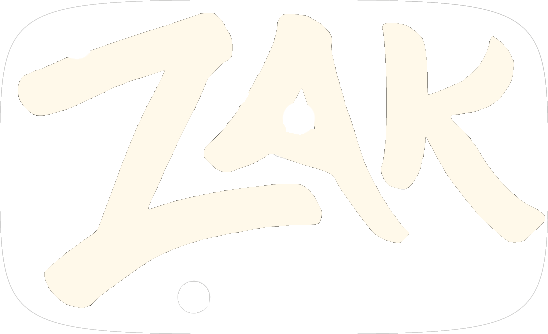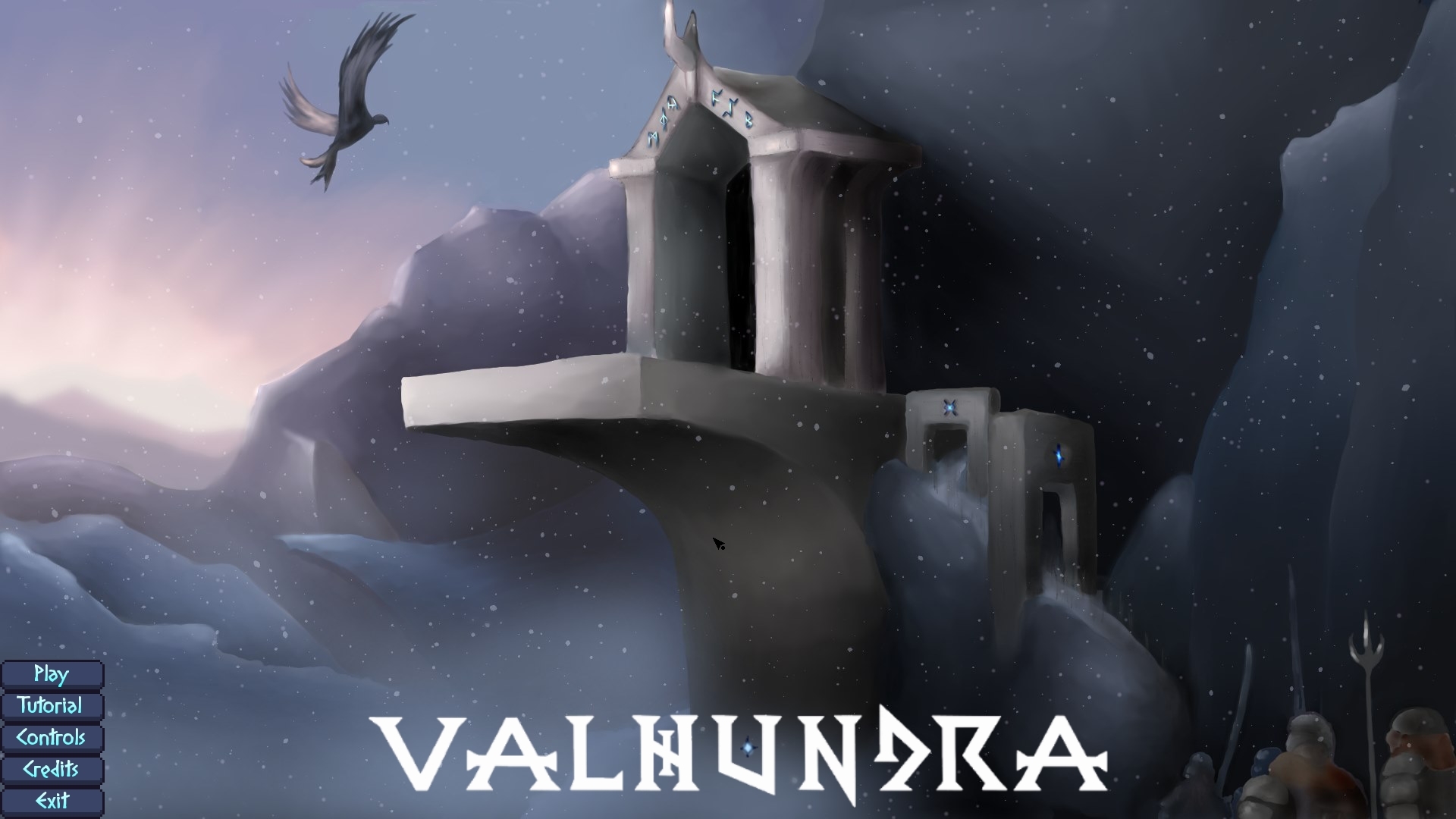Valhundra
2D Action Game

Summary
Solo project
Date: 2020 to 2021 (1 year)
Tools: Game Maker Studio 2, Game Maker Language, Trello, Draw.io
Description
Valhundra is a 2D platform and action game where enemies appear in waves. It is directly inspired by Norse mythology. Play as a Viking and defend the entrance to the Vahalla. Equip yourself, use powerful spells and power-ups to defeat trolls, demonic horses and more. Repel the invasion!
Game concept
Valhundra is my second game. At the time, I was still in preparatory classes for College and had little free time. But then, I realized it was a unique opportunity to create a new game and dedicated myself to this project for a year. Here, there was no question of making a remake like my first project, Asteroid.
I wanted to create a game around Norse mythology. I am a mythology lover and I wanted to learn more about it. So naturally, I imagined my character as a Viking and chose to give him the ability to throw and retrieve his axe like in Gods of War or in the Marvel Thor series.
Eventually, I decided early on that the ultimate goal of the game would be to defend Valhalla. So the project turned into a form of tower defense/action where the player controls their character, gets stronger by equipping themselves and has to fight against hordes of enemies!


Then I remembered the very concept of Valhalla. Fallen warriors are resurrected to feast with Odin until the fateful day of Ragnarok, when they must fight again to defend Valhalla.
To follow the old stories, I had to allow my player to die!
Dying in the game does not mean the game is lost. A valkyrie is always ready to bring the player back to life so that they can prevent the enemies from crossing the entrance. Therefore, the player can afford to take all the risks they judge necessary.
But each death brings its loss of items and bonuses. In addition, the player is prevented from fighting for several seconds. During that time span, the doors are left wide open for enemies to enter the Valhalla. That is why the player cannot just count on the faithful Valkyries to reset them every time they fall.
Game Design
For this game, I decided to focus on 2 fundamental aspects. First, the generation of many different enemies with random levels. Second, the creation of many items the player can choose from and therefore decide their style of gameplay.
Enemies and Generation

I created 14 enemies with different behaviors: some fight directly the player, some ignore the player and race toward the entrance of the Valhalla, and some create portals to overwhelm the player. I designed a system to easily assign each new enemy to one of the three behaviours. I also created ground and flying enemies, hand-to-hand and ranged enemies in order to bring diversity to the fights and to encourage the player to adapt his gameplay. For instance, if enemies generate too many portals, the player is encouraged to leave their position and destroy them at the risk of leaving the entrance to the Valhalla vulnerable.
I also tried to stick to the Norse mythology as much as possible, choosing enemies based on iconic monsters such as Jormungandr (the Midgard Serpent).

Once my enemies were created, I was able to work on the “intelligent” generation of my enemies. For that, here is my algorithm :
Each level has a value, increasing along the game. This value is the total of the individual values of all the present enemies.
Then, the enemy’s strength value is multiplied by an apparition coefficient: the closer to the Valhalla’s gates, the stronger. Therefore, 3 types of apparition zones can be defined: Dangerous, Normal and Safe locations (red, orange and green squares respectively on the map below).
This system is a guarantee of a perfectly random bunch of enemies while ensuring that the difficulty still matches the player’s level.
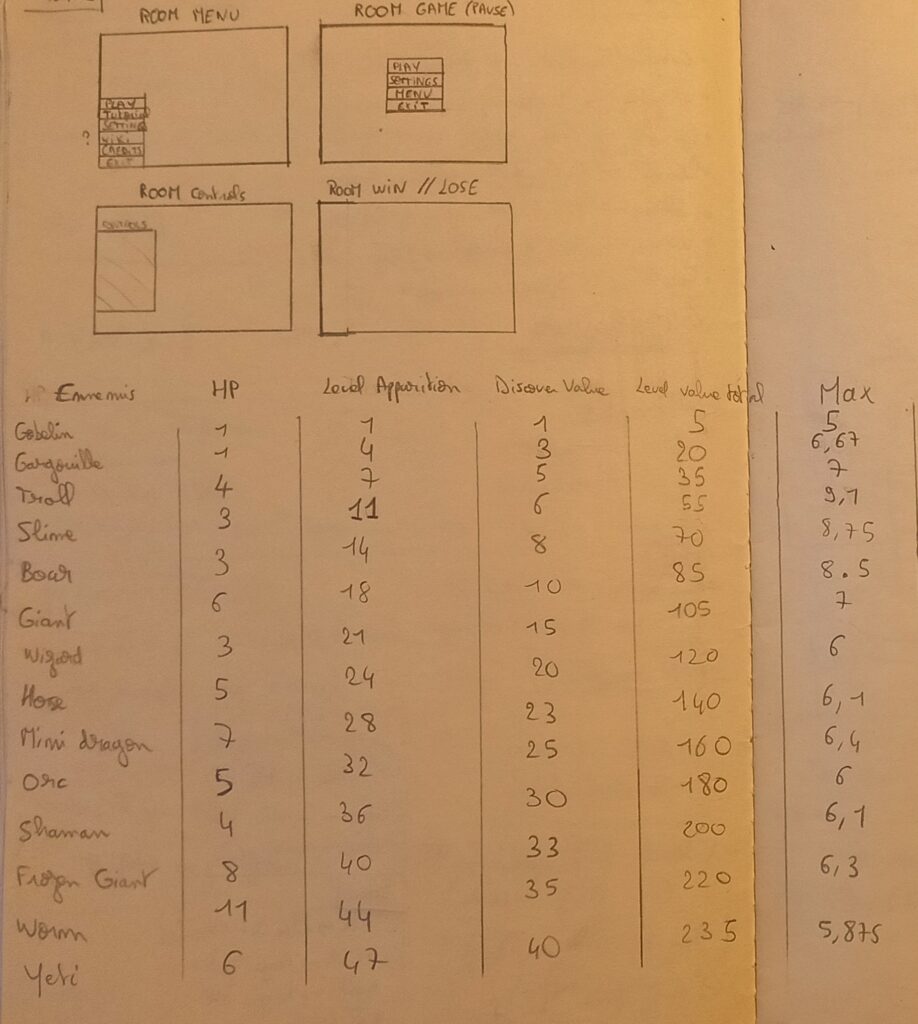
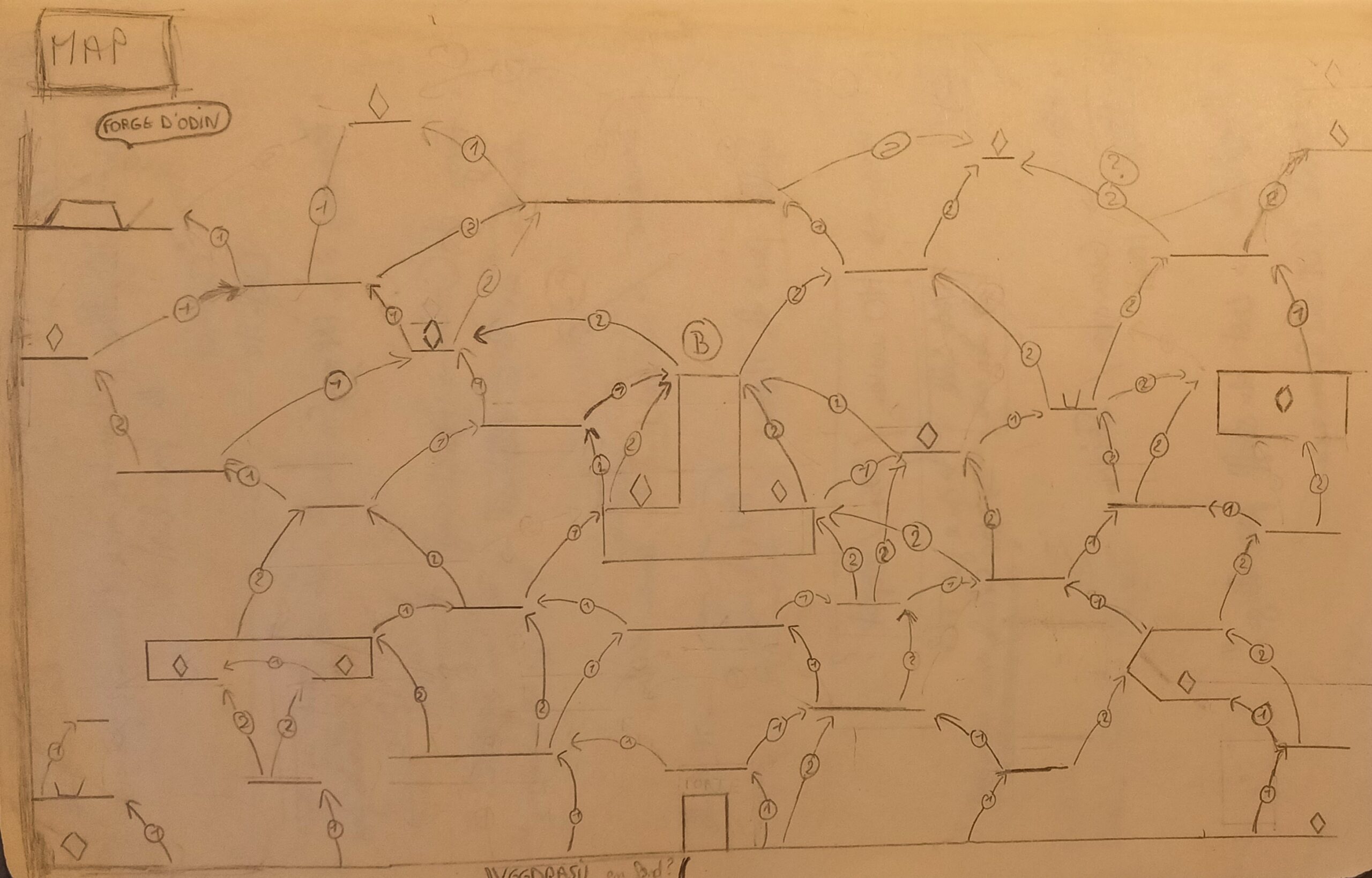

Items & Skills
Each item given by Odin is a real blessing for our Viking. There are 12 items divided into 4 classes: Helmet, Breastplate, Boots and Axe which confer both a unique skill and a bonus related to the type of the item.
As a result, there are 12 spells available, which means 81 different combinations. In addition, each piece of equipment can be one of the 5 rarities present in the game which increases the power of the passive bonus. The diagram below summarizes these effects.

Art Direction
I would like to make a small aside concerning the Art Direction of this game. For the game to be quite immersive, it was important to be coherent and to stay on tracks with the main theme, aka in this case the Norse mythology. Therefore, it was quite a challenge to look for an object, an icon or a spell animation that reminded somehow of the North and that, only from a free bank of assets.
What I learned
To conclude about this project, I am proud of myself. It is far from being perfect but I can say this loud and clear that I developed my own game from A to Z. No remake involved, just my imagination translated in algorithms. I was able to work on all the branches of the video game process: programming, game design, artwork, music, UI, VFX,…)
A special note to those who tried my game: Thank you for surprising me. After so many hours working on my project, I was pretty sure of the balancing: I felt I knew the hardest enemies to face, I knew the best weapon combinations, and most importantly, which items to prioritize between item rarity (passive bonus) and item spell (active bonus). It turns out that the players did not play at all like me! They thought spells were much more interesting than rarity, compensating passive bonuses with the asset they were interested in (except for the weapon where in that case damage takes precedence over the spell).
This taught me that no matter how I imagine the game, players will always find their own way.
